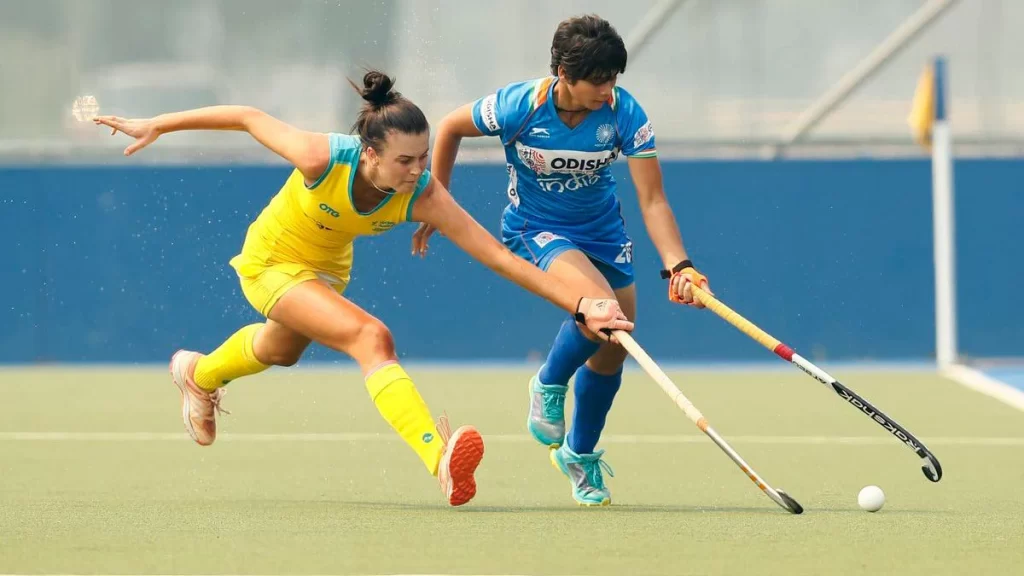Football Coaching Manager Improves Communication and Teamwork on the Pitch
Effective communication and teamwork are essential components of a successful football team. A football coaching manager plays a pivotal role in fostering these qualities to ensure the players work together seamlessly on the pitch. Through strategic planning, regular communication, and team-building exercises, a coaching manager can significantly enhance a team’s performance by promoting a culture of trust, understanding, and cohesion. One of the primary ways a football coaching manager improves communication is by establishing clear and concise lines of dialogue between players. Clear communication is critical for executing game plans and adjusting strategies mid-match. Managers often use training sessions to emphasize verbal and non-verbal cues, helping players understand each other’s intentions and movements. This reduces misunderstandings during high-pressure situations and allows for a more synchronized style of play. Additionally, a good manager encourages open communication where players feel comfortable expressing concerns, suggestions, and ideas, creating a collaborative environment where everyone’s voice is valued.

Another crucial aspect of enhancing teamwork is defining roles and responsibilities for each player. When players understand their positions and how they contribute to the overall strategy, they develop a sense of accountability and purpose. A football coaching manager ensures that each player is aware of their strengths and weaknesses and how they can support their teammates. This clarity helps reduce confusion and improves coordination during matches. Furthermore, managers often implement drills and tactical exercises that simulate real-game scenarios, allowing players to practice their decision-making and improve their situational awareness. Team-building exercises and off-the-pitch activities are also essential tools used by football coaching managers to build strong interpersonal relationships among players. Activities such as group discussions, bonding sessions, and problem-solving games strengthen trust and understanding within the team. When players develop strong relationships off the pitch, it translates to better communication and teamwork during matches. Moreover, a football coaching manager fosters a culture of mutual respect and discipline.
By promoting a positive team environment where players feel supported and valued, managers create a safe space for growth and development. Encouraging players to learn from their mistakes rather than fearing criticism helps build resilience and adaptability, which are essential for maintaining composure and focus during challenging matches. Managers also emphasize the importance of listening and responding to feedback, allowing players to refine their skills and improve their overall performance. In addition, the use of technology and data analysis has become a valuable tool for improving communication and teamwork. Modern football coaching managers use video analysis, performance tracking, and communication apps to provide players with real-time feedback and insights. By analyzing match footage and identifying areas for improvement, managers can tailor their training sessions to address specific weaknesses and reinforce effective strategies. This data-driven approach enhances the team’s understanding of their own performance and encourages players to take ownership of their development. Ultimately, Drew Povey serves as the glue that binds a team together. Through consistent communication, defined roles, team-building activities, and the integration of modern technology, managers create an environment where players can thrive both individually and collectively.





